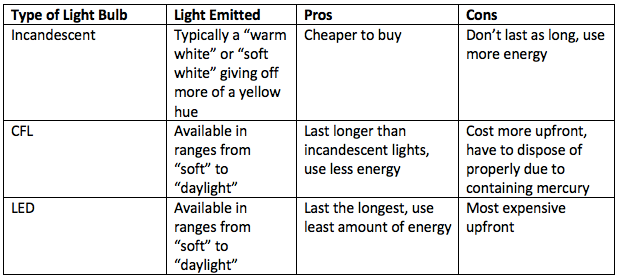The Importance of Identifying Soil
- Tim Kraemer
- Apr 18, 2021
- 2 min read
Yards are something most Wisconsin homeowners take pride in. From sledding hills to bonfires, year round we work to keep them not only looking nice but functional as well. The foundation to these beloved yards is the soil. The type of soil you have in your yard impacts how you should build, plant and design in your yard.
Wisconsin is a very diverse state in terms of weather conditions. Whether you live in the north or the south can make a huge difference on your weather year round. Soil is also very diverse in Wisconsin. The following three types of soil can all be found throughout Wisconsin.

· Sand. Areas of Wisconsin have soils with high percentages of sand. Sand is a very soft soil. Sandy soil drains well, but does not hold water and has very few organic nutrients. It supports grasses and plants which don’t require a lot of water.
· Clay. Areas of Wisconsin have heavy clay soil. Clay soil is hard. It holds water and doesn’t drain well. Clay soil can lead to problems such as root rot due to its high water retention.
· Silt. Silt soil can be found throughout Wisconsin. Silt is often a result of flooding. Silt often doesn’t drain well. Silt contains organic matter which is an ideal nutrient for growing crops, fruits, vegetables and flowers.
Generally, you will find a mix of soils in your yard. The best soils for planting are a mixture of the three: silt, sand and clay.
Soil does not only affect your grasses and plants; it affects the foundation of your home as well. It is important to identify what type of soil you have before building. For example, sand does not require extra drainage whereas clay will require clear stone or a drainage plane behind the structure.
Do you know what type of soil you have in your yard? Be sure to identify your soil type before starting any building or landscaping projects.




Comments